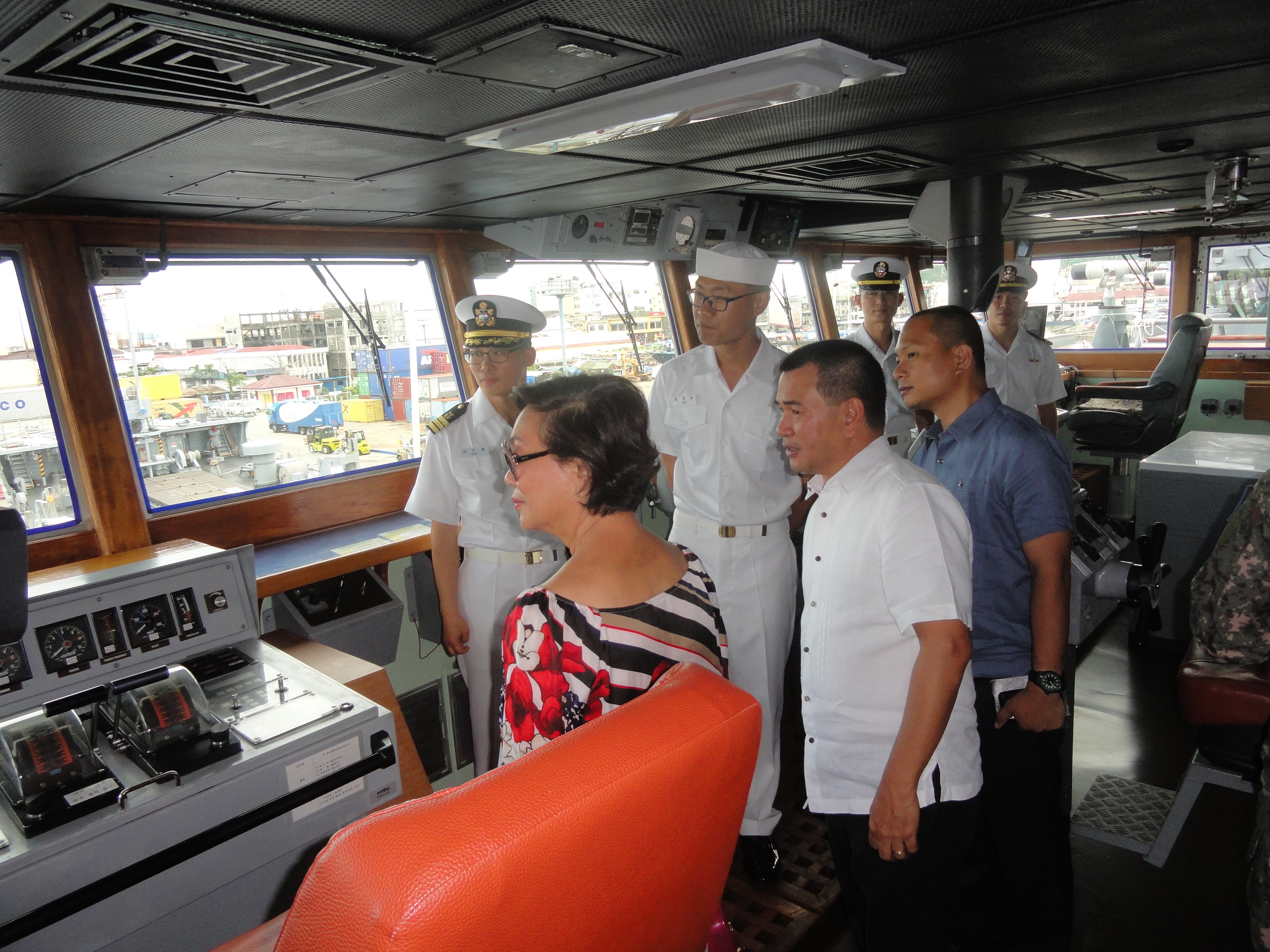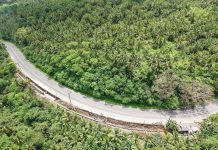
TACLOBAN CITY- Leyte Gov. Leopoldo Dominico Petilla calls on government agencies and institutions, local and international organizations and other stakeholders to coordinate and synergize response for the immediate revival of the coconut industry in the province and the whole Eastern Visayas region.
The governor made this call as the Philippine Coconut Authority, Food and Agriculture Organization of the United Nation, Oxfam and the German International Cooperation (GIZ) is slated to conduct a consultative meeting on livelihood recovery plans for coconut farmers in the region on February 17.
Gov. Petilla said that coconut industry is one of the main economic drivers for the province and the devastation brought by Yolanda to coconut communities in Leyte is so “overwhelming.”
“At the state of our coconut farmers now, there is an urgent need for a massive and coordinated response to enable coconut farming communities to recover and build resilience to future disasters. Given the major benefits the coconut industry gives to our economy, we need to institute rapid measures to revive the coconut sector in the region,” Petilla said.
The consultative meeting is slated to be held on February 17 at the Visayas State University in Baybay City to be participated by various government agencies, institutions, international and local organizations and NGOs to fast track the recovery of livelihoods of coconut farmers and communities affected by the typhoon.
The meeting will also inform other organizations and potential donors on how to better support, complement and fill any gap in the plans and current efforts of the government, particularly the PCA for early rehabilitation of coconut communities and become more prepared and resilient to disasters and climate change.
Before Yolanda struck, Eastern Visayas ranked third among the largest coconut producer in the country, with 46 million trees growing on over 420,000 hectare and almost 1.7 million people dependent on the industry.
Principal intercrops under coconuts also contributed significantly to the region’s economy, ranking second largest producers of abaca, 7th for banana and 1st for sweet potato. These crops traditionally protect farmers’ income from the highly fluctuating copra prices which are often low.
The typhoon had left 15 million coconuts damaged beyond recovery and another 20 million trees severely damaged, resulting to total losses of P16.6 billion. Coconut intercrops also suffered significant damages as reported by the agriculture department.
The inter-agency consultative meeting also underscores the urgent need for a massive and coordinated response to enable coconut farming communities to recover and build resilience to future disasters, given the “new normal” in the Philippines which is characterized by unpredictable and extreme weather conditions.
By: AHLETTE C. REYES



